Lish Village: A Living Hymn in the Heart of the Himalayas
- projects4711
- May 30
- 3 min read
Nestled in the serene lap of the Eastern Himalayas, just 7 kilometers from Dirang and 49 kilometers from Bomdila—the district headquarters of West Kameng—lies a little-known yet deeply evocative village: Lish. Unmarked on mainstream travel itineraries, Lish is more than a destination—it is a sanctuary where faith, culture, and nature converge in quiet harmony.

Here, in the rugged beauty of Arunachal Pradesh, time doesn't merely pass—it pauses. The people of Lish, primarily from the Monpa tribe, have chosen continuity over convenience, legacy over limelight. Their way of life is not dictated by modernity but anchored in tradition, resilience, and an unwavering spiritual rhythm that defines this extraordinary Himalayan outpost.
The Soul of the Himalayas: Where Buddhism Breathes
Lish exudes a spiritual calm that’s almost tangible. Close by, the majestic Bomdila Monastery watches over the valley—a sentinel of Buddhist philosophy and a beacon for pilgrims and wanderers alike. It isn’t simply a religious structure; it’s a breathing testament to the timeless teachings of Lord Buddha and the historical reach of Emperor Ashoka, who helped disseminate these values far beyond the subcontinent.
In Lish, Buddhism is not confined to temples. It’s in the flutter of prayer flags, the cadence of daily chants, and the reverence with which the Monpas engage with both nature and each other. The Mahayana tradition practiced here weaves through everyday life, guiding not just worship but work, family, and community.
Resilience Carved Into Every Grain of Wood
Surviving in Lish’s isolated, high-altitude terrain requires more than just endurance—it demands a deep cultural intuition. And the Monpas rise to that demand with grace. Their traditional occupations, far from mere subsistence, are expressions of artistry and heritage.
Yak herding, for instance, is not just an economic activity—it’s a generational bond, a legacy that links ancestors to descendants. Alongside it thrives a rich craft tradition: wood carving, thangka painting, wool weaving, and handloom artistry. Each piece crafted in Lish is more than utilitarian—it is a sacred object, shaped by ritual, reverence, and the memory of countless hands.
A carved doorframe here speaks of legends. A woven carpet becomes a canvas of spiritual symbols. A hand-painted scroll becomes a bridge between the temporal and the divine.
Festivals That Make the Mountains Dance
And then come the festivals—bursts of color, music, and unity amid the white snows and green hills. Losar, the Monpa New Year, is a kaleidoscope of joy and ritual. Choskar, dedicated to agricultural prosperity, sees community processions invoking blessings on the fields and families. Torgya, with its vivid masked dances and symbolic offerings, transforms the village into a theater of devotion and storytelling.
What makes these celebrations unique is their sense of collective energy. Everyone participates. Everyone contributes. They are performances of expressions of inner devotion and community pride. In Lish, you don’t just see a culture—you feel it.
Lish: A Cultural Reservoir in a Changing World
In an age defined by rapid transformation and cultural homogenization, Lish is a rare anchor of authenticity. It embodies the possibility of a life that is both rooted and evolving, ancient yet alive.It does not shout for attention, but quietly earns it.
This pristine hamlet whispers to those who listen: that faith can be as solid as stone, that culture can survive in the harshest of climates, and that a small village can be the bearer of a civilization’s soul.
Make your way there, and you will realise—you’re not just visiting a place, you’re walking through a living prayer. A hymn sung by yaks on mountain paths, by monks in smoke-filled halls, and by the wind through pine trees that have stood watch for centuries.

You won’t just return with photographs—you’ll return with perspective. And perhaps, a part of your spirit will choose to linger, tucked away in that tranquil village where time walks barefoot, and life is nothing short of a sacred journey.
Lish is not just a dot on the map—it is a beating heart in the quiet chest of the Himalayas.


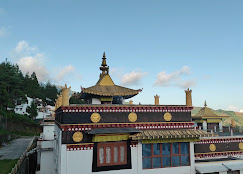






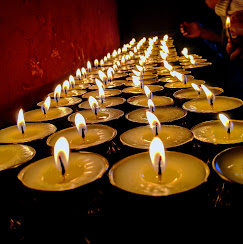

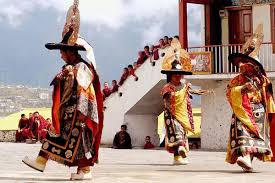


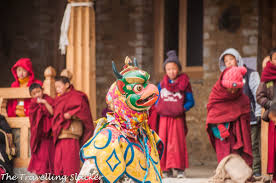


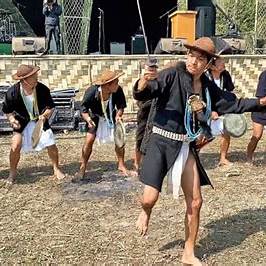


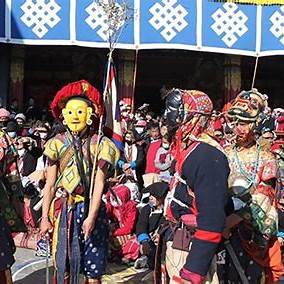



Comments